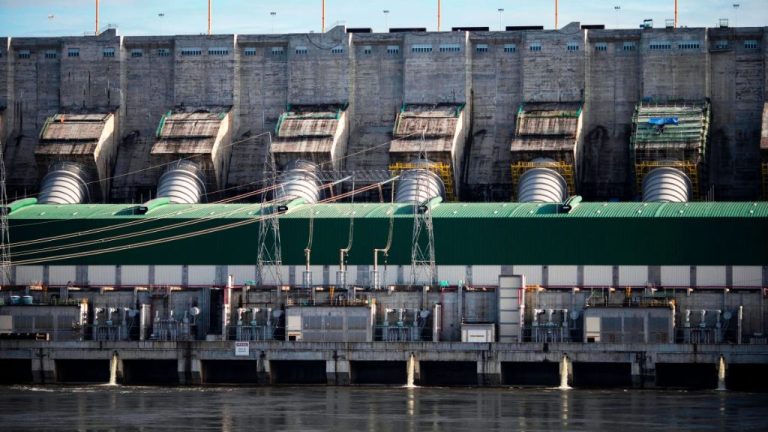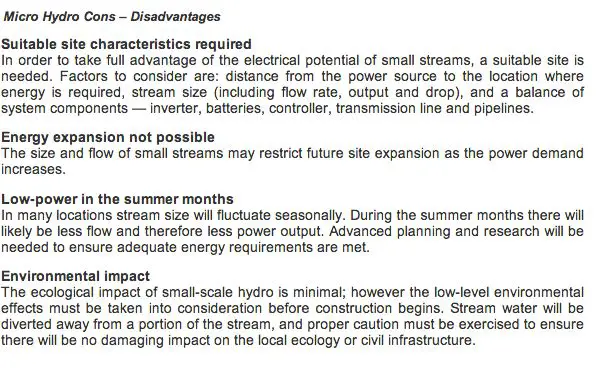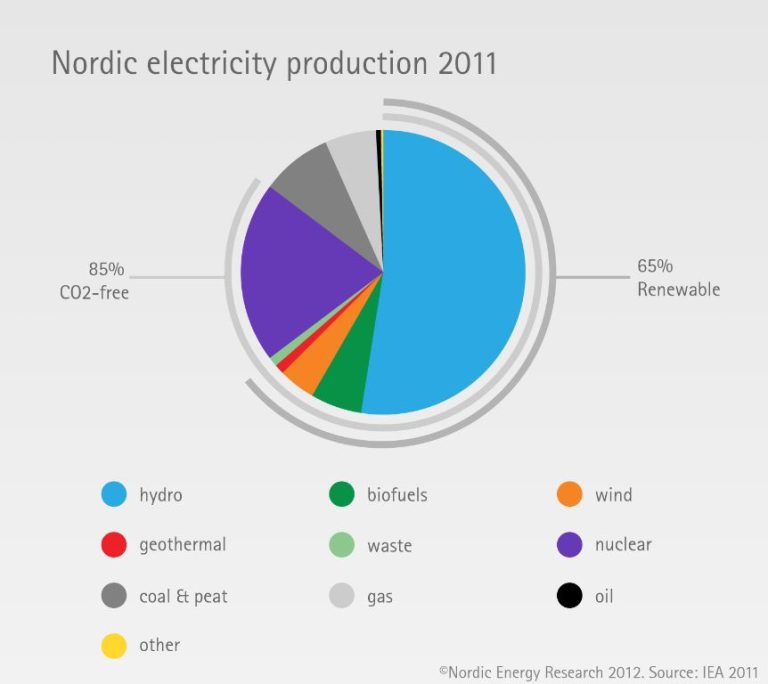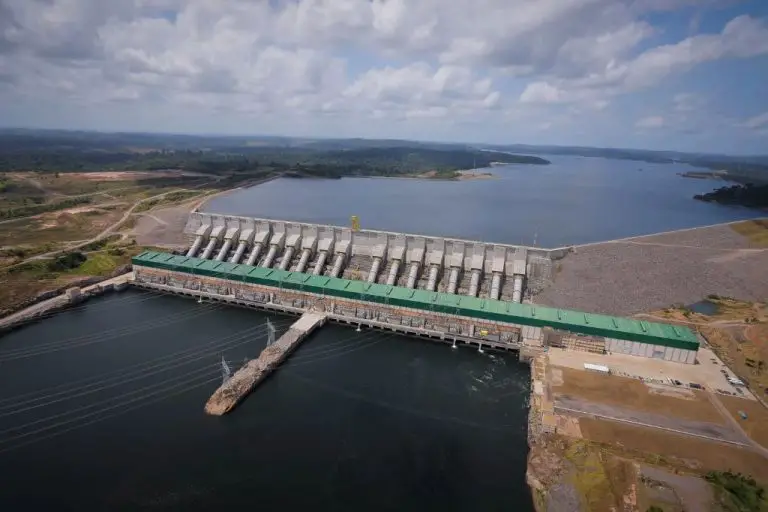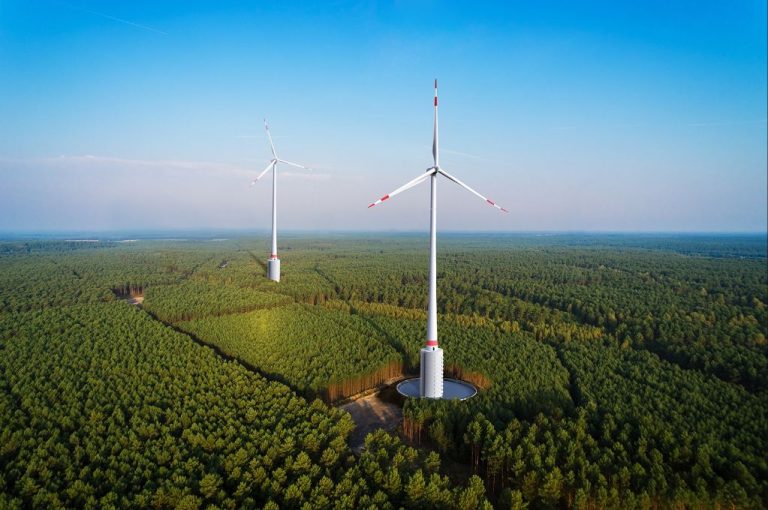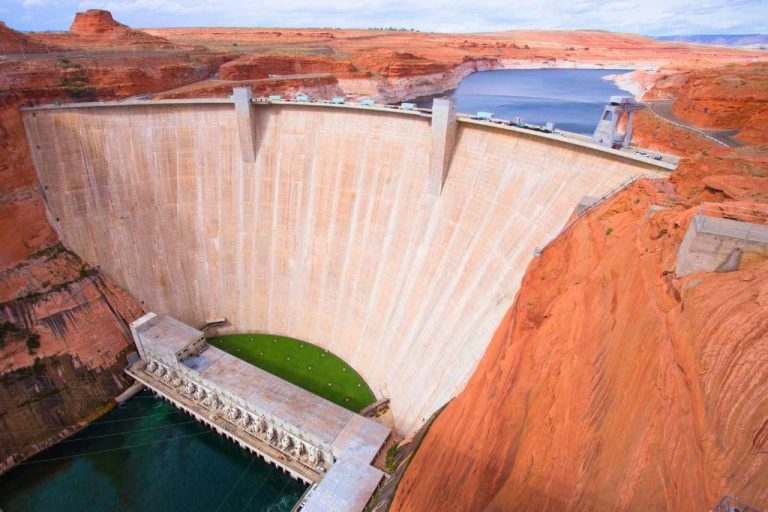What Is The Difference Between Dam And Run Of River Hydropower?
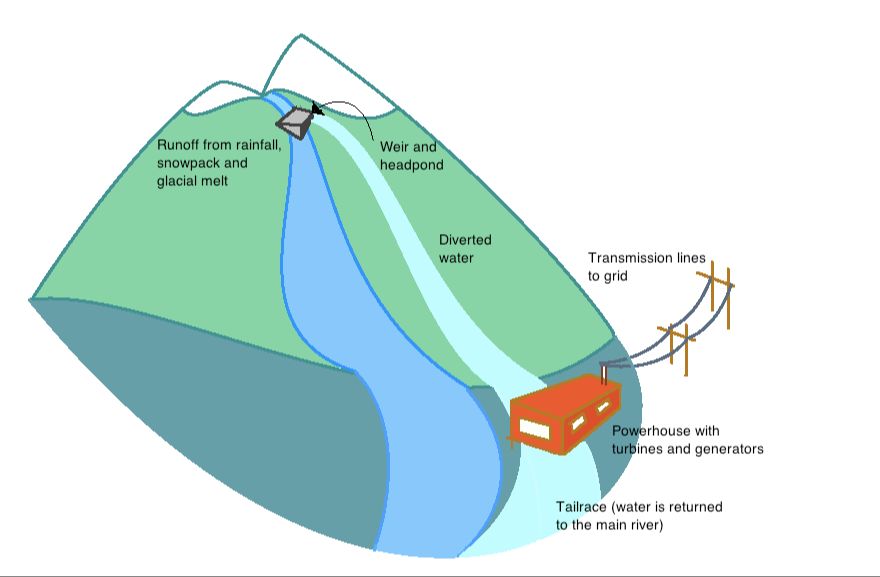
Hydropower, or hydroelectric power, is a renewable source of energy that harnesses the natural force of moving water to generate electricity. This is typically achieved by directing flowing water to turn large turbine generators. There are two main types of hydropower plants:
- Dam hydropower – These plants utilize a dam to store river water in a reservoir. The water is released through the dam to turn turbines and generate electricity.
- Run-of-river hydropower – These plants utilize the natural flow of a river, without needing a dam or reservoir. The moving water simply passes through turbines to generate electricity.
While both utilize hydropower principles, dam and run-of-river plants have some key differences in how they operate, their costs, environmental impacts, and usage globally. This article will provide an overview of these two main hydropower technologies.
How Dam Hydropower Works
Dams are built to store large amounts of water in reservoirs. The water is held back by the dam and released through the dam when electricity generation is needed. As the TVA explains, when water is released from the reservoir, it flows through large pipes known as penstocks towards turbines inside the hydroelectric power plant. The moving water spins the turbines, which then spin generators to produce electricity.
The amount of electricity that can be generated depends on the volume of water flow and the height from which it falls. According to the USGS, the more water that flows through the dam and the higher the dam, the more electricity can be generated. Dams are built to control water flow and optimize the height from which water falls on the turbine blades. This allows dam operators to control electricity production.
Pros and Cons of Dam Hydropower
Dam hydropower has several advantages and disadvantages in terms of energy production and environmental impact:
Pros:
- Large energy output – Dam hydropower plants can generate a lot of electricity for the grid since the flow of water from the reservoir is controlled through the turbines. A single large dam can produce over 1,000 megawatts.
- Energy storage – Dams act as a battery by storing water in their reservoirs, allowing electricity to be generated on demand when needed.
Cons:
- High infrastructure costs – Building large dams and reservoirs requires significant upfront investments, though costs are usually recouped over decades of operation.
- Environmental impacts – Dams flood vegetation and habitats above the dam and restrict water flow below it, negatively affecting local ecosystems and fish migration patterns.
Overall, dam hydropower can provide consistent renewable energy once constructed, but also comes with high costs and environmental considerations.
How Run-of-River Hydropower Works
Run-of-river hydropower utilizes the natural flow of a river to generate electricity by channeling water through turbines along a stretch of the river. Unlike dam-based hydropower systems which store large reservoirs of water, run-of-river projects do not alter the natural flow of the river as significantly since only a portion of it is diverted through turbines[1].
Some of the river flow is directed into a pipeline that parallels the river and leads to a powerhouse where the water spins turbines connected to generators to produce electricity. The water is then discharged back into the river downstream. Run-of-river systems cause less disruption to the surrounding environment since the water flow and level in the river remain close to natural conditions[2].
Since run-of-river systems rely on the natural flow of the river rather than storing water, electricity generation fluctuates with seasonal changes in water flow. These systems are generally considered less flexible than conventional reservoir-based hydropower in terms of energy storage and control of flow. However, run-of-river projects can provide stable baseload power and help balance electricity systems with variable renewable sources.
[1] https://energyeducation.ca/encyclopedia/Run-of-the-river_hydroelectricity
[2] https://en.wikipedia.org/wiki/Run-of-the-river_hydroelectricity
Pros and Cons of Run-of-River Hydropower
Run-of-river hydropower has some key advantages and disadvantages compared to traditional dam-based hydropower projects:
Pros
Run-of-river projects have a much lower environmental impact than dams, as they do not require large reservoirs and flooding of land. They allow rivers to flow more naturally compared to dammed reservoirs (Linquip). Run-of-river systems also require less infrastructure than dams, utilizing the natural contours of rivers rather than concrete structures. This makes them faster and less expensive to construct.
Cons
The main downside of run-of-river projects is their lack of storage capacity. Dams can store large amounts of water that is released on demand when electricity is needed. Run-of-river systems have little to no storage, so their power generation fluctuates based on seasonal river flows. Output is highest in spring with snowmelt and lowest in late summer. This variability can make it less suitable for meeting consistent electricity demands (Energy Education).
Key Differences
There are some major differences between dam hydropower and run-of-river hydropower when it comes to storage capacity, infrastructure requirements, and flexibility:
Storage Capacity: Dam hydropower stores water in large reservoirs behind dams, allowing electricity to be generated on demand when needed. Run-of-river systems have little to no storage capacity since they utilize the natural flow of rivers.
Infrastructure: Dams require the construction of large civil structures like spillways, penstocks, and powerhouses. Run-of-river systems need much less infrastructure since they utilize the natural topography and river flow.
Flexibility: The storage capacity of dams provides more flexibility in electricity generation. Output can be adjusted based on demand. Run-of-river systems have less flexibility since generation follows the natural river flow.
Environmental Considerations
Both dam and run-of-river hydropower can impact the environment, but in different ways. Dams and reservoirs associated with conventional hydropower can impact habitats by changing the natural flow and temperature of rivers, as well as flooding large areas of land. This can harm local wildlife by disrupting migration patterns and breeding grounds for certain fish and bird species (source 1).
Run-of-river hydropower has less impact on habitats and water flow since it doesn’t require large reservoirs. However, the diversion of some water flow can still affect the river ecosystem. Fish populations can be impacted if water velocities are too high or fish passageways are not properly designed (source 2). Careful siting and design is needed to minimize habitat disruption for both types of hydropower.
Cost Comparisons
When comparing the costs of dam hydropower versus run-of-river hydropower, the infrastructure and operating costs show some clear differences. Dam hydropower requires constructing a large dam, reservoir, spillways, and other associated infrastructure, which leads to very high upfront capital costs. According to the International Renewable Energy Agency (IRENA), the average capital cost for large hydropower dams is around $2,000-$4,000 per kW of installed capacity.
In contrast, run-of-river systems divert a portion of a river through a canal or penstock to generate electricity without needing a large dam or reservoir. This leads to much lower civil works costs in the range of $1,300-$2,700 per kW (IRENA). Run-of-river systems have higher unit operation and maintenance costs than reservoir hydropower, but the much lower infrastructure costs make run-of-river more economical overall for small-scale hydropower projects.
A 2020 study by Oak Ridge National Laboratory compared the levelized cost of energy (LCOE) for potential hydropower projects at non-powered dams in the United States. They found an average LCOE of $56/MWh for small (<10 MW) run-of-river projects compared to $97/MWh for small dam-and-reservoir projects. For large (10-100 MW) projects, run-of-river LCOE averaged $46/MWh versus $71/MWh for dam projects.
So in terms of both capital and operating costs, run-of-river hydropower provides more economical energy production than traditional dam hydropower for smaller-scale projects. However, for very large multi-gigawatt hydropower projects, the economies of scale for dam infrastructure make this option more cost-effective.
Global Usage
Hydropower is used extensively worldwide, supplying over 16% of global electricity generation as of 2018 according to the International Energy Agency [1]. However, adoption rates vary significantly by region. Some key examples:
- Europe generates roughly 15% of its electricity from hydropower, with particularly high use in Norway, Austria, and Switzerland where over 60% of power comes from hydro. Most facilities are dam installations given the mountainous terrain.
- Canada produces around 60% of its electricity from hydropower, mainly in Quebec, British Columbia, and Labrador. Canada has amongst the highest dam hydropower capacity globally.
- The United States obtains 7% of its power from hydroelectricity, utilizing both dam and run-of-river systems. The western states including Washington, Oregon, and California have abundant hydro resources.
- China is the global leader in hydropower generation, supplying 16% of its electricity from hydro. Massive dam installations like the Three Gorges Dam provide base load capacity.
- Brazil produces over 65% of its electricity from hydropower, predominantly from large dam complexes. However, environmental concerns have led to more interest in run-of-river projects.
- Africa has significant untapped hydro potential but currently generates just 5% of its electricity from hydropower outside a few countries like Zambia and Ethiopia. Run-of-river systems are gaining interest across Sub-Saharan Africa.
In summary, hydropower usage is highest in regions with major dammable rivers and mountainous terrain conducive to reservoirs. But run-of-river systems are also utilized in many areas and continue gaining interest globally.
Conclusion
In summary, there are some key differences between dam hydropower and run-of-river hydropower:
Dam hydropower stores water in reservoirs behind dams, and generates electricity by releasing water through turbines in the dam. Run-of-river hydropower utilizes the natural flow of rivers to generate electricity, without the need for dams or water storage.
Dam hydropower can provide baseload power and energy storage capabilities. However, it often comes with greater environmental impacts due to habitat destruction, disrupted fish migration, and methane emissions from reservoirs. Run-of-river has a much smaller footprint, but generates less reliable intermittent power.
Dam hydropower requires huge upfront investments and very large projects to be economical. Run-of-river can be developed in smaller, modular projects with lower capital costs. However, run-of-river may have higher per unit costs than large dams in some cases.
Overall, the choice between dam and run-of-river depends on many complex factors – the local environment, energy needs, project costs and more. Both technologies have their place, and a balanced approach is required to sustainably develop the world’s hydropower resources.

